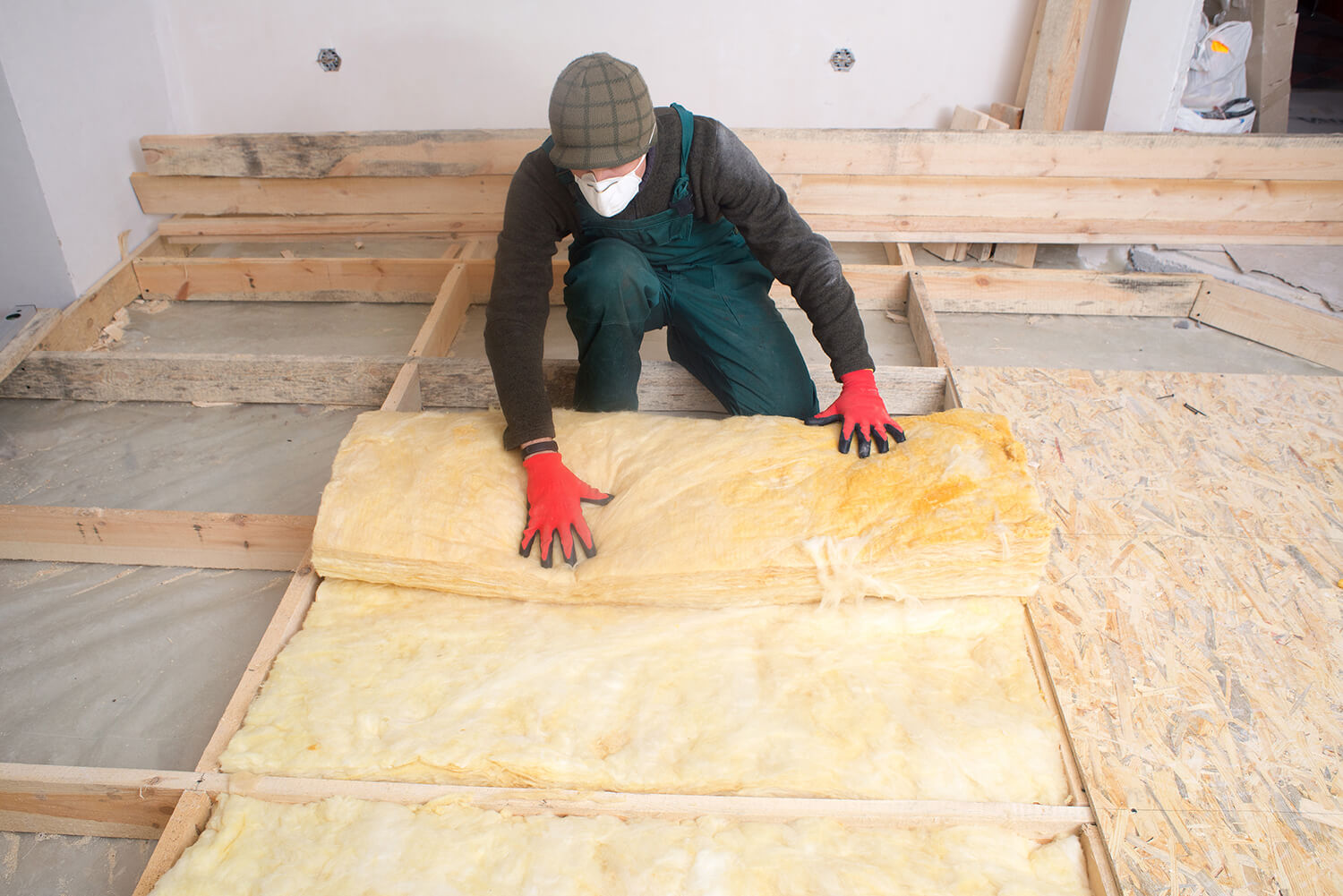
Enhancing Home Comfort and Energy Efficiency with Under Floor Insulation
If you’re looking to improve the comfort and energy efficiency of your home, don’t overlook the importance of under floor insulation. Often an overlooked area of the home, under floor insulation can make a significant difference in the overall warmth and energy consumption of your living space. In this article, we’ll explore the benefits of under floor insulation and why it’s a worthwhile investment for homeowners.
What is Under Floor Insulation?
Under floor insulation involves adding an insulating layer to the underside of your floorboards or beneath your concrete slab. This layer can be made of a variety of materials, such as fiberglass, foam, or recycled polyester. The insulation works by creating a barrier between the floor and the cold air coming up from the ground, preventing heat loss and reducing drafts in your home.
Benefits of Under Floor Insulation
- Increased Comfort: One of the most noticeable benefits of under floor insulation is the increased comfort it provides. By creating a warmer environment and reducing drafts, you’ll be able to enjoy a more comfortable living space throughout the year.
- Improved Energy Efficiency: Under floor insulation can also help to reduce your energy bills by preventing heat loss through the floor. As heat rises, it can easily escape through an uninsulated floor, forcing your heating system to work harder and use more energy to maintain a comfortable temperature. With under floor insulation, however, heat loss is significantly reduced, resulting in lower energy consumption and costs.
- Enhanced Indoor Air Quality: Insulating your underfloor can also improve your indoor air quality. By creating a barrier between your home and the ground, you’ll be able to reduce the amount of dampness and moisture that can seep into your living space. This, in turn, can help to reduce the growth of mold and mildew, improving the air quality and reducing health risks.
- Reduced Noise Pollution: Under floor insulation can also help to reduce noise pollution in your home. By adding a layer of insulation between the floor and the ground, you’ll be able to absorb some of the noise and vibrations that can travel through your home. This can be particularly beneficial for those living in busy or noisy areas.
- Increased Property Value: Adding under floor insulation can also increase the value of your property. Home buyers are increasingly aware of the importance of energy efficiency and may be willing to pay more for a home that is well insulated and has lower energy bills.

Choosing Under Floor Insulation
When choosing under floor insulation, there are several factors to consider. Firstly, you need to choose the right material for your specific needs and budget. Secondly, it’s important to ensure that the insulation is installed correctly, with no gaps or spaces that could reduce its effectiveness. Finally, you should choose a reputable installer who has experience with under floor insulation and can provide references and testimonials from previous customers.
Conclusion
Under floor insulation is a valuable investment for homeowners looking to improve the comfort and energy efficiency of their living space. With its numerous benefits, including increased comfort, reduced energy bills, improved indoor air quality, reduced noise pollution, and increased property value, it’s an investment that can pay off in the long run. By choosing the right insulation material and installer, you can enjoy the benefits of a warmer, more comfortable home for years to come.




